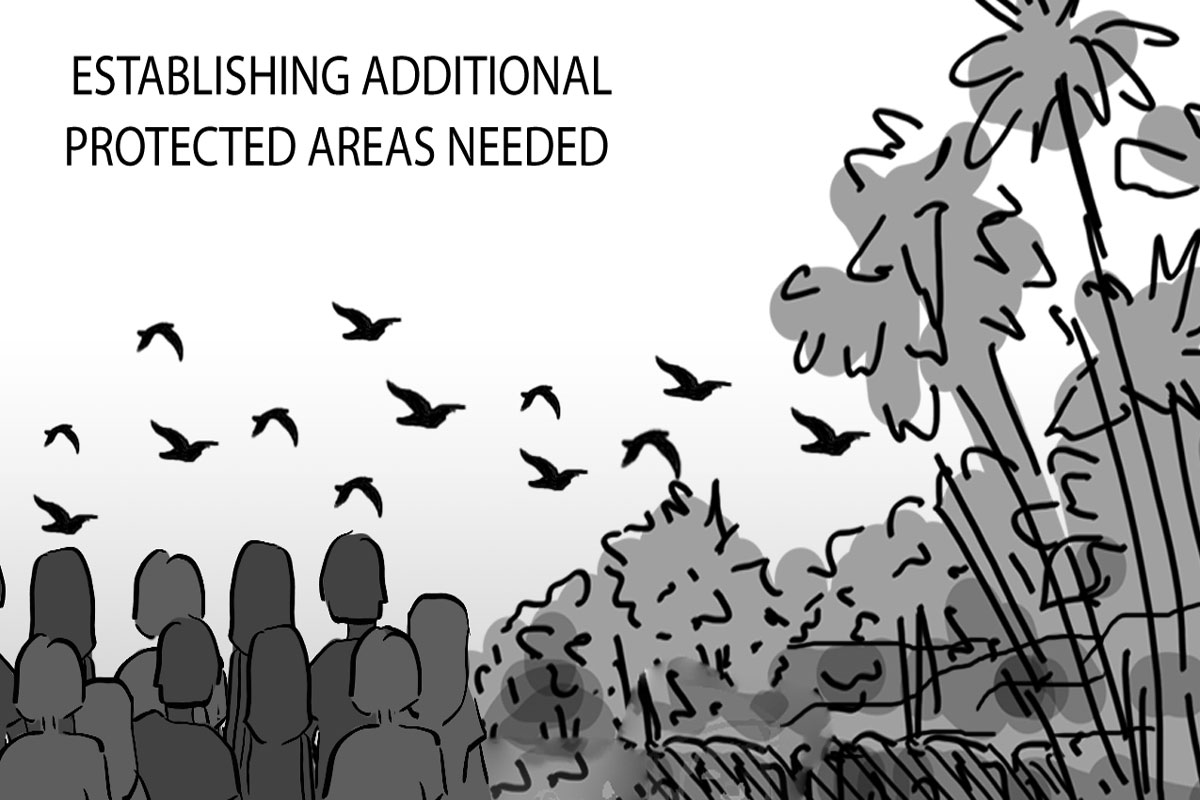
Protected areas
DUE to a host of factors, including illegal logging, the Philippines is seeing the continued destruction of its remaining forests, threatening the existence of its treasured plants and animals.
And if the present practices continue, future generations of Filipinos may just marvel at the beauty of the “Philippine Tamaraw” and the monkey-eating eagle in local and foreign museums.
The Constitution mandates the State to protect and advance the right of the people to balanced and healthful ecology in accordance with the rythm and harmony of nature.
Under the fundamental law of the land, Congress shall determine the national parks, which shall be conserved and may not be increased nor diminished except by law.
Aware of the country’s vanishing forests, Senator Cynthia A. Villar now wants to establish additional protected areas under the National Integrated Protected Areas System (NIPAS).
Villar has filed five separate bills calling for the setting up of more “protected areas.”
Based on the assessement by the Department of Environment and Natural Resources (DENR), there are still numerous sites in the country which necessitate “protected area” status.
At present, there are only 107 “protected areas” in the Philippines, according to Villar, chairman of the Senate committee on environment and natural resources.
It is the policy of the State to secure for the people the perpetual existence of native plants and animals, through the setting up of a comprehensive system of integrated “protected areas.”
The system shall encompass ecologically rich, unique and biologically important areas that are habitats of threatened species of plants and animals, according to the lady senator.
Everbody ought to support the passage of Villar’s five bills, knowing full well that once extinct, our treasured flora and fauna can never be brought back again.





















